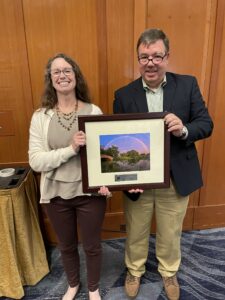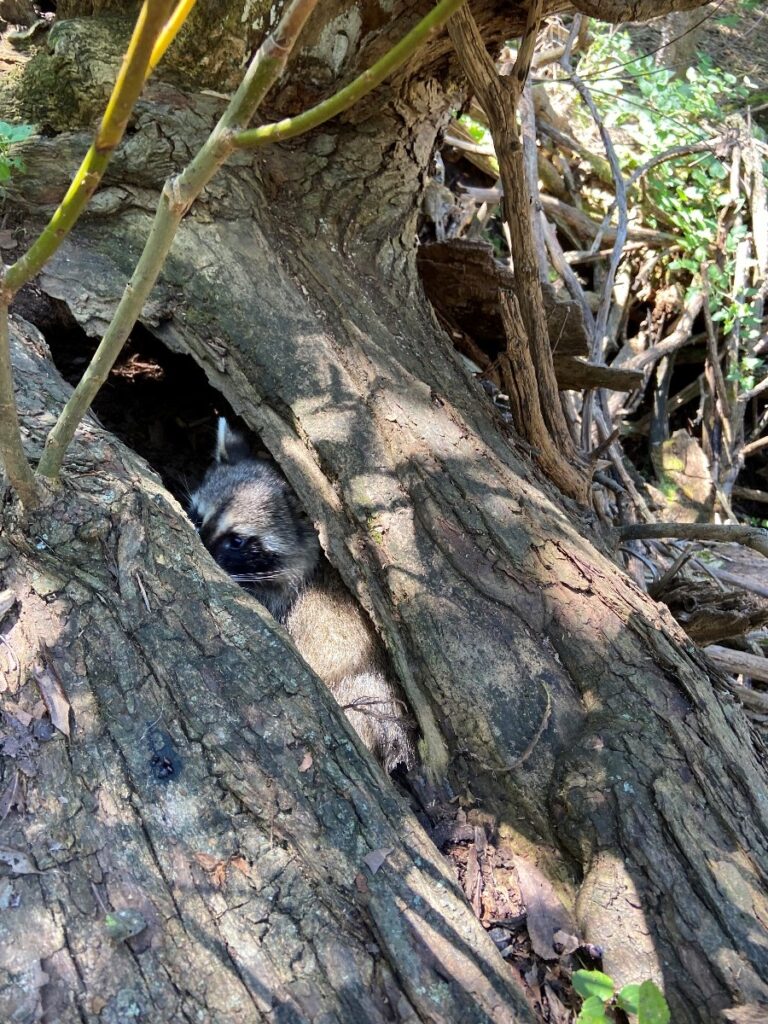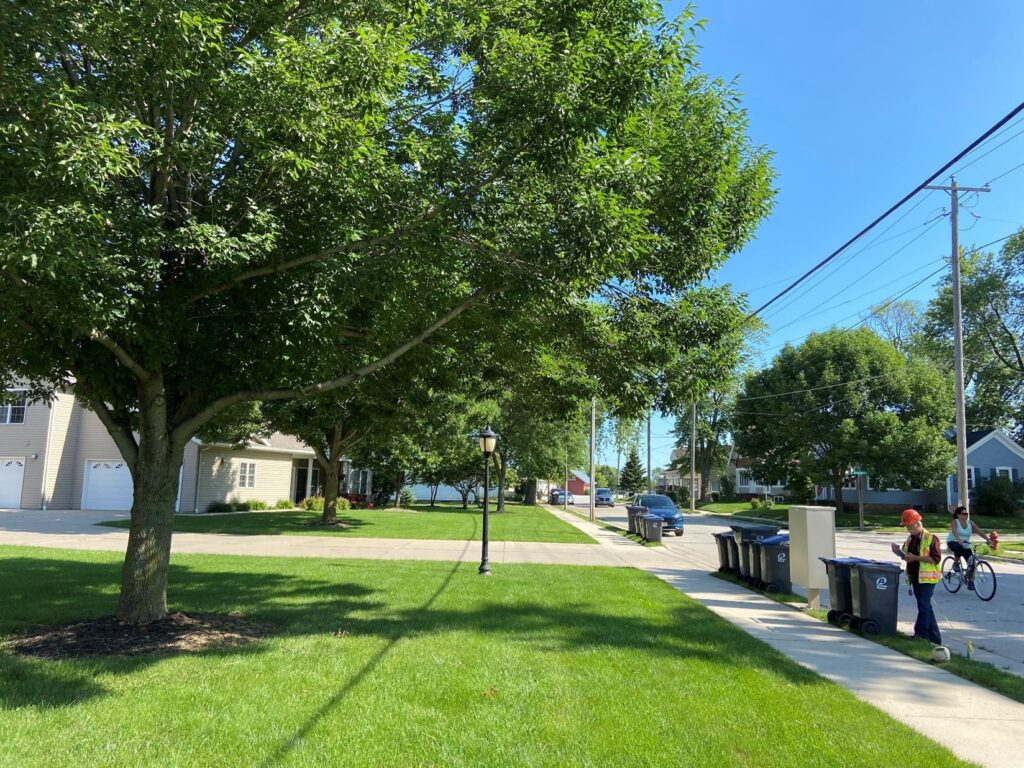Many Wisconsinites recently celebrated the 150th anniversary of Arbor Day by planting trees. On Madison’s near west side, Julie Ballweg and her children marked the holiday by adding a couple of sugar maples to their yard.
“We’ve got some older trees. Looking to the future, they won’t be around forever, so we’ll be planting something that will grow in the shade of them. And once they’re gone there will be something to take their place,” explained Ballweg.
With soaring gas and grocery prices, a devastating war and a lingering virus, many are looking for some good news, a reason for hope, and Ballweg says we have it right here in the Badger State, with at least some cautious optimism on one global front: climate change.
“There are a lot of collaborative projects going on right now, perhaps more than we’ve ever seen, and I feel pretty optimistic,” she said.
Being a good mother is not Ballweg’s only job. She is also the Forestry Climate Change Policy Advisor for the Wisconsin Department of Natural Resources (DNR).
Ballweg is a member of an impressive team of scientists and subject-matter experts, all of whom are sharing expertise and developing strategies on two fronts: helping Wisconsin’s forests adapt to the changing conditions and using the forests to address climate change.
Their work is guided by the climate goals and strategies in Wisconsin’s Statewide Forest Action Plan and Governor Evers’s Task Force on Climate Change Report, along with the work of think tanks like the Northern Institute of Applied Climate Science, and the Wisconsin Initiative on Climate Change Impacts (WICCI) – formed in 2007 by the DNR and the University of Wisconsin-Madison’s Nelson Institute for Environmental Studies to generate and share information that can foster solutions to climate change in Wisconsin. WICCI’s 2021 assessment report, “Wisconsin’s Changing Climate,” provides a comprehensive assessment of past and future climate change and its impacts in Wisconsin.
“We have a history of managing some really beautiful forests here in Wisconsin, so I think it’s a bit of rethinking how we do it in the face of climate change, and I think the DNR’s role is pretty applied in all of that, taking the research and translating that, how we can use it to help landowners, and help foresters,” said Ballweg.
There’s a lot on the team’s plate.
Increasing carbon dioxide emissions are fueling greenhouse gases that are warming our state. Scientists project our temperature will rise four to nine degrees Fahrenheit by mid-century, with northern Wisconsin’s forest temperatures going up the most. Their research has already shown the thermometer up two degrees since 1950, with precipitation increasing by 4.5 inches.
However, numbers are not uniform. For instance, southern and central areas of the state have seen snow and rain go up 20% over annual averages, while the Northwoods has not. Experts are studying snowpack, frozen ground, length of growing seasons, the frequency and intensity of storms, flooding, wildfires and the potential for increased numbers of invasive species or pests like mosquitos and ticks. The bottom line: you can’t have just one climate-change roadmap when planning for Wisconsin’s future. A mitigation strategy for one part of Wisconsin might look completely different in another.
It can sound overwhelming, but we’re not reinventing the wheel. The DNR and its partners have been sustainably managing trees for a long time, and with 17 million acres of forests, we have a lot of climate-change fighting assets. Forests take in carbon dioxide from the atmosphere to make energy through photosynthesis. The energy helps them grow, and as they do, they capture carbon in their wood, roots, leaves and in the soil below. All of this forms the basis for Ballweg’s optimism.
The State of Wisconsin pledge to plant 75 million new trees by 2030 as part of the global trillion trees initiative and the Governor’s Task Force on Climate Change makes her outlook on our forest future even more positive.
If you plan on joining the tree-planting movement, Ballweg suggests taking a look at i-Tree. “It’s a free tool, and there’s a calculator on i-Tree that can tell you how much carbon the trees you have on your lawn are capturing. There’s also an economic calculator so you can determine not just carbon, but the amount of shade each tree offers, and how much that shade can reduce your cooling bill in the summer,” she explained.
As for Ballweg and her children, they have several good reasons for choosing sugar maples. They provide nice canopies, of course. Lovely fall colors, you bet. But someday tapping sap for maple syrup to pour over Saturday morning pancakes made the sugar maples just the right pick for their family.


 There’s a beloved Calvin and Hobbes strip in which the famous duo unearths routine items (rocks, roots, grubs) while digging a hole, but are nonetheless awestruck by what they found, exclaiming “there’s treasure everywhere!”
There’s a beloved Calvin and Hobbes strip in which the famous duo unearths routine items (rocks, roots, grubs) while digging a hole, but are nonetheless awestruck by what they found, exclaiming “there’s treasure everywhere!” How many sugar maple trees grow in our urban areas? Which species are exhibiting health declines? How many logs can be produced from removed ash trees? What is the carbon storage of urban forests? Where are invasive species most prevalent?
How many sugar maple trees grow in our urban areas? Which species are exhibiting health declines? How many logs can be produced from removed ash trees? What is the carbon storage of urban forests? Where are invasive species most prevalent?